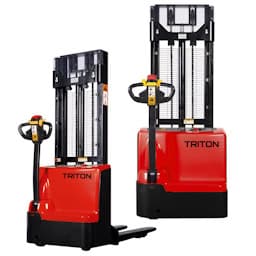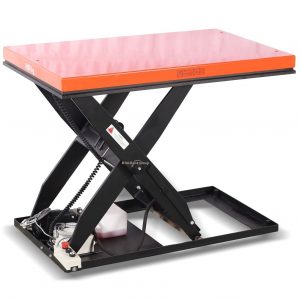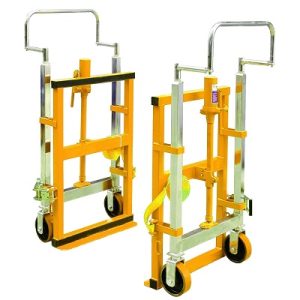Pallet trucks are ubiquitous in warehouse and factory environments, and have been for many years, and so ensuring that the fleet is top of the range and able to fulfil its duties as effectively as possible is vital. This often involves purchasing new apparatus. The potential benefits of investing in a new range of equipment are clear and obvious for any manager or owner, but the real issue when tackling this question is whether the initial investment will cut costs, maximise profits and streamline working processes across the whole business. But how does the purchase of new equipment help to facilitate these changes?
One of the first ways in which purchasing a new hand pallet truck, or replacing a large number of trucks within an existing fleet, is the effect is has on any employees who have to use these trucks every day. New trucks, often with new capabilities such as a weighing scale or a traverse action for narrow aisles, allow employees to carry out a higher volume of work than they did before, with less effort than they previously would have had to apply. Productivity is raised significantly when new trucks are brought in, and the morale boost it has for the staff working with brand new equipment cannot be overestimated.
Purchasing new trucks and lifting aids also contributes to the safety of the workforce. Where products were initially lifted by hand and loaded onto a truck, they can now be lifted with the help of machinery, preventing common issues such as serious back strain and repetitive strain injury. Sicks days and injury pay can account for a lot of a business’ wage bill, not to mention costly insurance claims or even compensation pay-outs that come from employee injuries; it is important to ensure that equipment is on top form to minimise the risks of these events occurring.
Not only does new equipment boost the speed of the working processes of the employees, it also invariably an improvement on the equipment it replaces. The newer hand pallet trucks, lifting aids and manual stacker trucks often have more lifting capacity for goods, and they don’t require the maintenance that the older trucks will have needed. Using trucks which are fit for purpose is an important element of getting the most out of a workforce, which can lead to improved productivity, lower costs and higher profits overall.





